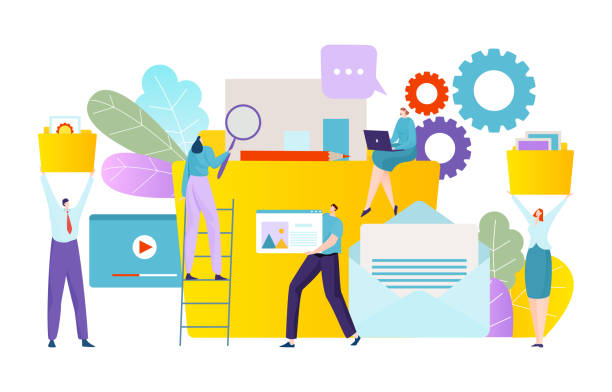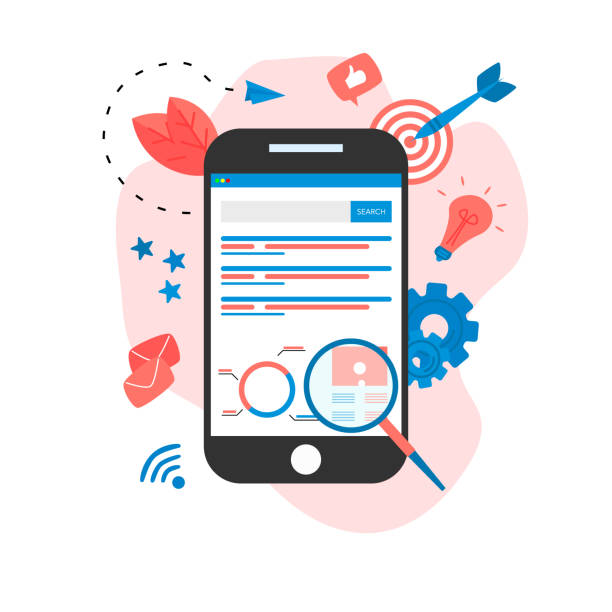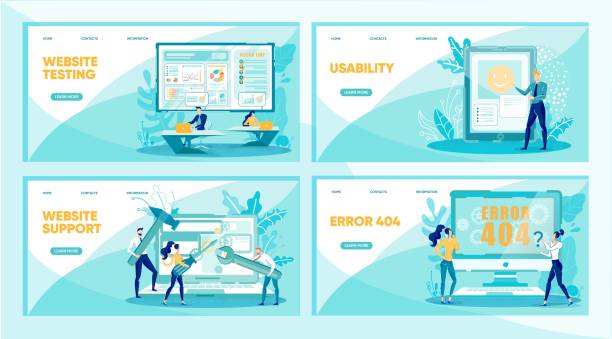Introduction to On-Page SEO and Its Importance
![]()
In today’s competitive internet world, having an online presence is just the first step; being seen among a multitude of websites requires smart strategies.
One of the most important pillars of success in digital marketing is SEO and website optimization for search engines.
Among these, On-Page SEO plays a vital role.
This area of SEO refers to all optimization measures performed within your website, helping search engines better understand your content and assess its importance.
The main goal of On-Page SEO is to optimize your web pages for relevant keywords to achieve higher rankings in search results.
This educational and explanatory section will show you how to attract more organic traffic by optimizing your page’s internal elements.
Without precise and smart optimization in this area, your efforts in off-page and technical SEO may not yield the desired results.
In fact, On-Page SEO is the foundation of a successful SEO strategy and signals to search engines how relevant and valuable your content is.
Are you dissatisfied with the low conversion rate of visitors to customers on your e-commerce site?
Solve this problem forever with professional e-commerce website design by Rasawab!
✅ Increase visitor-to-customer conversion rate
✅ Create an excellent user experience and build customer trust
⚡ Get a free consultation
Keyword Research for On-Page SEO
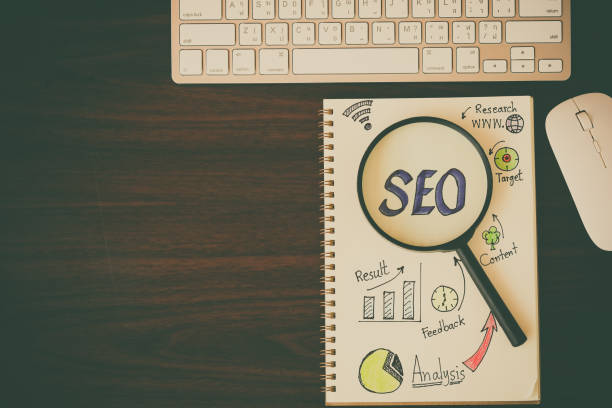
Keyword research is the heart of any successful On-Page SEO strategy.
Before you start writing or optimizing any content, you need to know what phrases your audience uses to search.
This guidance and specialized section will help you find the right keywords.
Beyond searching for high-volume keywords, you should pay special attention to User Intent.
Is the user looking for information (informational keywords), intending to buy (commercial/transactional keywords), or searching for a specific website (navigational keywords)? Tools like Google Keyword Planner, Semrush, Ahrefs, and even Google’s own search features (like “People also ask” and “Related searches”) can be very helpful in this regard.
Choosing the right combination of head terms and long-tail keywords for optimizing each page in On-Page SEO is highly important, as long-tail keywords often have stronger buying intent and less competition.
Competitor analysis is also very effective in discovering hidden keywords and their successful strategies in On-Page SEO.
Optimizing Title and Meta Descriptions
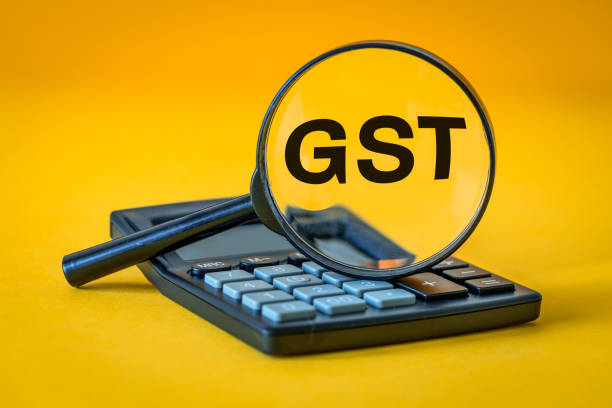
The page title (Title Tag) and meta description are the first things users see in search results and are vital elements in On-Page SEO.
An attractive and optimized title, along with a tempting meta description, can significantly increase your Click-Through Rate (CTR), even if you’re not at the top of the page.
The title should include the main keyword of the page, preferably at the beginning, and its length should be around 50 to 60 characters to be fully displayed in search results.
Adding the brand name at the end of the title is also recommended.
The meta description, although not directly affecting ranking, is a critical opportunity to persuade the user to click on your link.
This section should be between 150 and 160 characters, include the main and secondary keywords, and provide a compelling message or Call to Action.
The educational and analytical nature of this part of On-Page SEO is due to its direct importance on user behavior.
Using phrases that create a sense of urgency, benefit, or solution can improve CTR.
Remember that each page should have its unique title and meta description.
| On-Page SEO Element | Description and Optimization Tips | Importance in On-Page SEO |
|---|---|---|
| Page Title (Title Tag) | Includes the main keyword (preferably at the beginning), 50-60 characters, attractive and relevant to content. | Very High (First signal for search engine and user) |
| Meta Description | Includes keywords, 150-160 characters, attractive and contains a call to action. | Medium to High (Impact on Click-Through Rate) |
| URL Structure | Short, readable, includes keyword, descriptive, and without extra characters. | Medium (Helps content understanding and user experience) |
| Heading Tags (H1-H6) | Use H1 only once (main keyword), logical use of H2-H6 for content structuring. | High (Content organization and readability) |
| Page Content | High quality, comprehensive, unique, includes main and LSI keywords, meets user needs. | Very High (Main ranking factor) |
URL Structure and Content Optimization
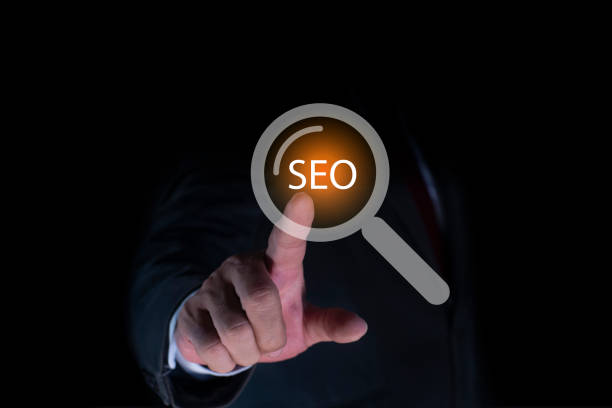
The page addressing structure (URL) is another key aspect in On-Page SEO that is often overlooked.
A good URL should be short, readable, descriptive, and contain the main keyword.
Avoid special and unnecessary characters and instead use hyphens (-) to separate words.
This not only helps search engines better understand the topic of your page but also improves User Experience (UX).
In addition to the URL, content optimization also includes the correct use of heading tags (H1, H2, H3, etc.).
The H1 tag should be used only once on the page and contain the main keyword, while H2 and H3 tags are used to divide content into smaller, more readable sections, and also to include secondary and related keywords.
The explanatory and guidance nature of this section is crucial for understanding the importance of content structure and URL in On-Page SEO.
Also, ensuring content quality and comprehensiveness, using relevant LSI (Latent Semantic Indexing) keywords, and addressing all possible user questions about the topic are other important factors in content optimization for improving On-Page SEO.
Does your company’s website perform as it should for your brand? In today’s competitive world, your website is your most important online tool. Rasawab, a specialist in professional corporate website design, helps you to:
✅ Build credibility and customer trust
✅ Convert website visitors into customers
⚡ Get a free consultation!
The Importance of Internal and External Linking
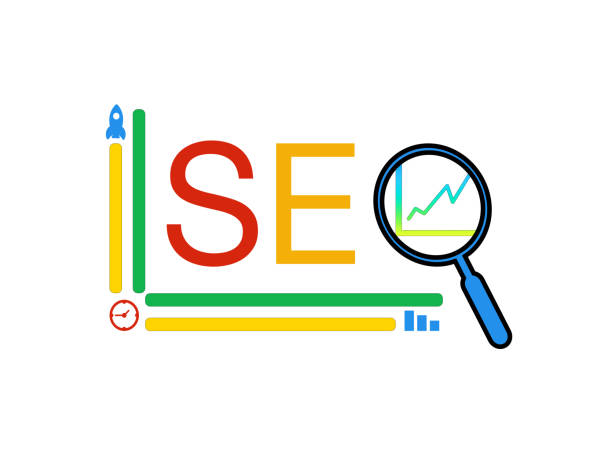
Linking, both internal and external, plays a very important role in improving On-Page SEO and overall site ranking.
Internal linking means linking from one page on your own site to another page on the same site.
This helps search engines better understand your site’s structure, assess the importance of different pages, and distribute “Link Equity” across the site.
A strong internal linking strategy increases your site’s crawlability and also helps users easily navigate your site, which in turn leads to improved user experience.
Using relevant and natural anchor texts is also very important in this part of On-Page SEO.
On the other hand, external linking means linking to authoritative and relevant sources outside your site.
This signals to search engines that your content is well-researched and trustworthy, and can help your site’s authority.
This analytical and specialized section shows how a smart combination of these two types of linking can significantly strengthen your On-Page SEO and help achieve better rankings in search results.
Image Optimization and Page Load Speed

Images and page load speed are two other important factors in On-Page SEO that directly affect user experience and, consequently, your site’s ranking.
Image optimization involves several key steps: choosing the right format (such as WebP for the web), compressing images to reduce file size without sacrificing quality, and using descriptive Alt Text.
Alt text is not only useful for visually impaired users but also helps search engines understand the image content and rank in Google Image Search.
Using descriptive filenames that include keywords is also recommended.
Page load speed is also a critical ranking factor.
Today’s users expect pages to open quickly, and loading delays can lead to an increase in Bounce Rate.
This guidance and specialized section emphasizes the importance of tools like Google PageSpeed Insights, which help you identify and fix site speed issues.
Code optimization, caching, and minimizing server requests are among the actions that significantly contribute to improving page load speed and ultimately optimizing On-Page SEO.
Content SEO and Its Types
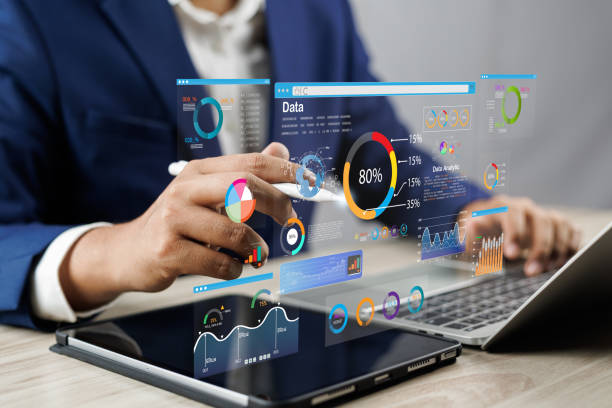
Content is king, and this statement holds true more than ever in the realm of On-Page SEO.
Different types of content require different approaches to SEO.
For example, an educational blog post might focus on informational keywords and content comprehensiveness, while a product page should focus on commercial keywords, detailed descriptions, and high-quality images.
Landing Pages are typically designed to generate leads or sales and require strong calls to action and minimal distractions.
Thought-provoking or entertaining content can also increase user engagement and send positive signals to search engines.
This analytical section helps you optimize your content strategy for On-Page SEO.
The ultimate goal is to produce content that is not only optimized for search engines but also fully meets user needs, engages them, and provides added value.
High-quality, long, and in-depth content usually has a better chance of ranking, provided it is well-structured and readable.
This important part of On-Page SEO emphasizes understanding different user needs and adapting content to them.
| Content Type | Main Goal | On-Page SEO Focus |
|---|---|---|
| Blog Post/Article | Education, informing, raising awareness | Informational keyword research, content comprehensiveness and depth, internal linking, proper heading structure. |
| Product Page | Sales, product introduction, user conversion | Transactional keywords, accurate and unique product descriptions, optimized images, reviews. |
| Landing Page | Lead generation, sign-ups, specific sales | Targeted keywords, attractive title, strong CTA, practical forms, high load speed. |
| FAQ Page | Answering common questions, reducing support calls | Question-based keywords, short and direct answers, use of Schema Markup (FAQPage). |
User Experience (UX) and On-Page SEO
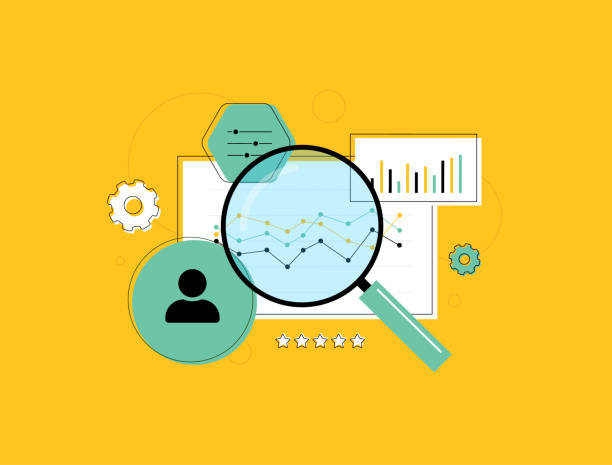
User Experience (UX) has increasingly become an important factor in On-Page SEO.
Google has explicitly stated that Core Web Vitals (including Largest Contentful Paint, First Input Delay, and Cumulative Layout Shift) directly affect site rankings.
These metrics directly relate to your page’s loading speed, interactivity, and visual stability.
An excellent user experience not only encourages users to stay on your site longer and visit more pages (which are positive signals for search engines) but also reduces the bounce rate.
The analytical and explanatory nature of this section highlights the importance of the correlation between UX and On-Page SEO.
Responsive Design, which optimizes your site for various devices (mobile, tablet, desktop), easy and logical navigation, and readable and engaging content, all contribute to improving UX and, consequently, strengthening your On-Page SEO.
Remember that Google aims to provide the best possible experience to its users, so the better experience your site offers, the higher chance you’ll have of ranking higher.
Are you worried your company’s old website will drive away new customers? Rasawab solves this problem with modern and efficient corporate website design.
✅ Increases your brand’s credibility.
✅ Helps attract targeted customers.
⚡ Contact Rasawab for a free consultation!
Monitoring and Analyzing On-Page SEO Performance
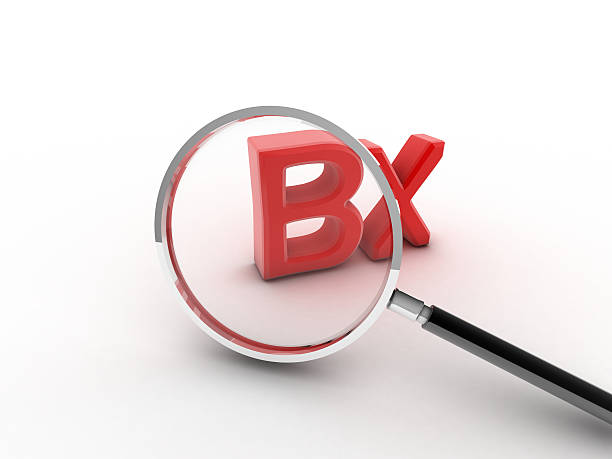
After implementing On-Page SEO strategies, the next step is continuous monitoring and analysis of performance.
This specialized and guidance section helps you measure your progress and identify opportunities for improvement.
Tools like Google Search Console and Google Analytics are vital.
Search Console provides valuable information about how your site is crawled and indexed by Google, the keywords you rank for, and any technical or security issues.
On the other hand, Google Analytics displays data related to user behavior, such as the number of visitors, time spent on the page, bounce rate, and conversion paths.
By analyzing this data, you can determine which of your On-Page SEO strategies have been effective and which areas need improvement.
For example, if a page has good traffic but a high bounce rate, it might indicate an issue with the quality of its content or user experience.
Continuously monitoring keyword rankings also helps you see the impact of changes in On-Page SEO and adjust your strategy accordingly.
This cyclical process is an integral part of a successful SEO strategy.
News related to algorithm updates can also be helpful in these analyses.
Challenges and Future Trends of On-Page SEO
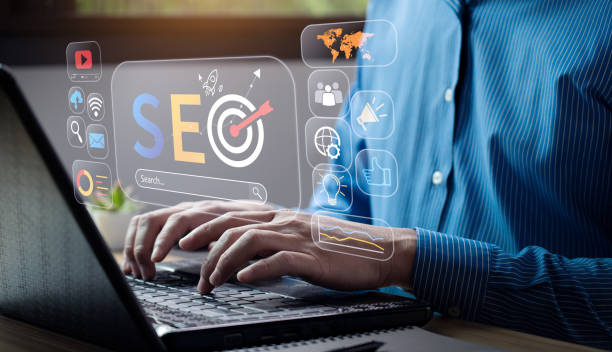
The world of SEO is constantly evolving, and On-Page SEO is no exception.
New challenges such as the concept of E-A-T (Expertise, Authoritativeness, Trustworthiness) and the need to produce highly reliable and specialized content have gained more importance.
More advanced Google algorithms like BERT and MUM have also significantly improved search engines’ understanding of natural language and user intent, meaning your content should not only include keywords but also naturally and completely answer user questions.
This news and thought-provoking content section addresses future trends.
Trends such as voice search, which requires optimization for longer and more conversational keywords, or the role of artificial intelligence in content generation and understanding, open new horizons for On-Page SEO.
Also, the increasing importance of Zero-Click Searches means you should strive to display key information directly in Google results (such as Featured Snippets).
Effective On-Page SEO in the future will require a deeper understanding of searcher psychology, the ability to adapt quickly to algorithm changes, and a consistent focus on producing high-quality, value-driven content.
The future of on-page optimization lies in the increasing complexity and intelligence of search engines.
Frequently Asked Questions
And other services of Rasawab Advertising Agency in the field of advertising
Smart Website Development: An effective tool for analyzing customer behavior using real data.
Smart Advertising Campaign: A professional solution for digital branding focusing on intelligent data analysis.
Smart Advertorial: A professional solution for increasing sales focusing on precise audience targeting.
Smart Social Media: A fast and efficient solution for user engagement focusing on precise audience targeting.
Smart Digital Advertising: A novel service to increase website visits through the use of real data.
And over hundreds of other services in the field of internet advertising, advertising consultation, and organizational solutions
Internet Advertising | Advertising Strategy | Advertorial
Resources
- On-Page SEO Guide in SEO School
- Comprehensive On-Page SEO Training from Seokaran
- How to Improve Your Site Ranking in Google?
- Basic SEO Training in Faradars
? Is your business ready to leap into the digital world? Rasaweb Afarin Digital Marketing Agency provides specialized services including SEO-optimized website design and comprehensive online marketing strategies, paving your way to growth and visibility. With us, have a powerful online presence.
📍 Tehran, Mirdamad Street, next to Bank Markazi, Southern Kazeroon Alley, Ramin Alley No. 6

